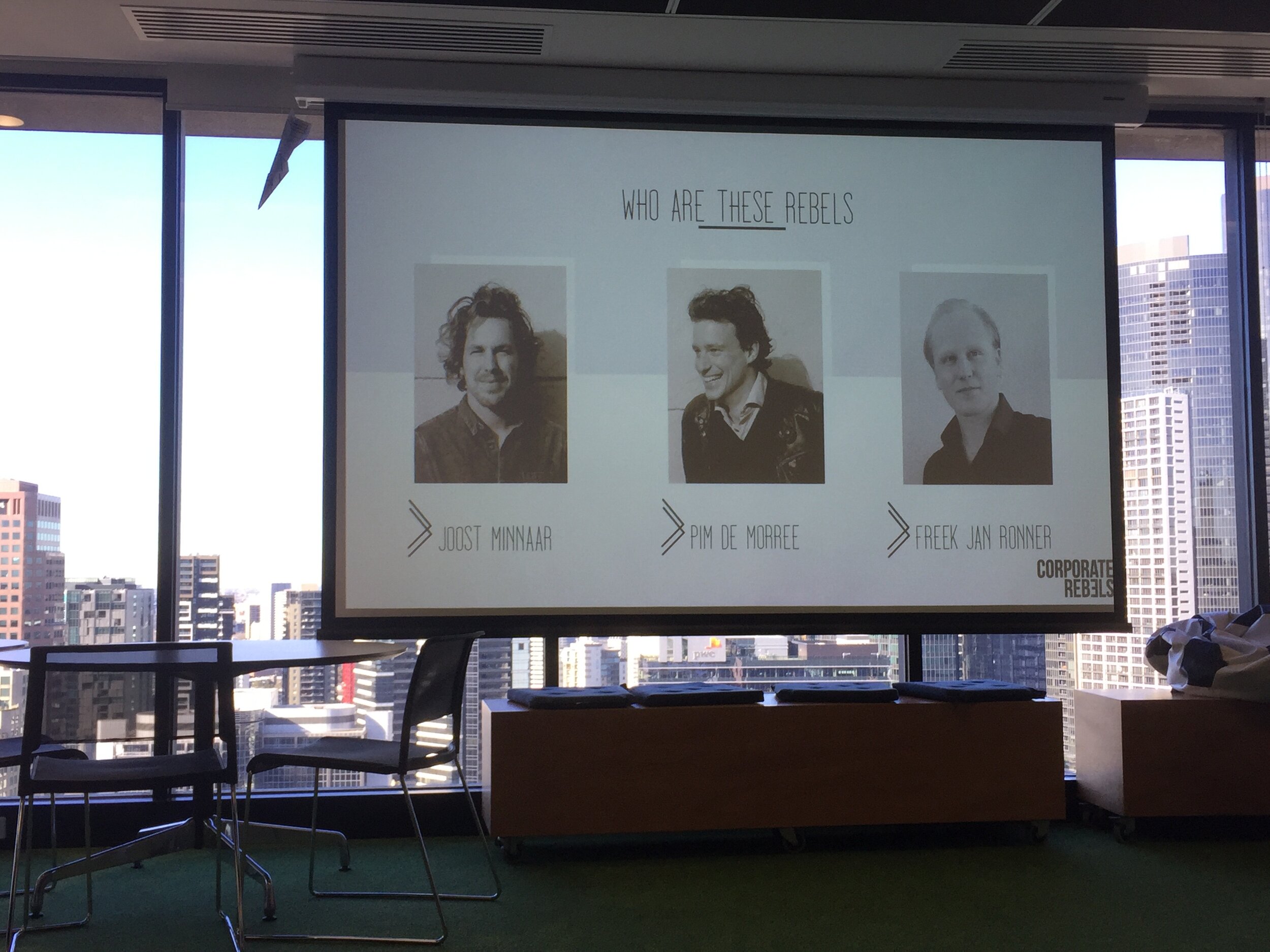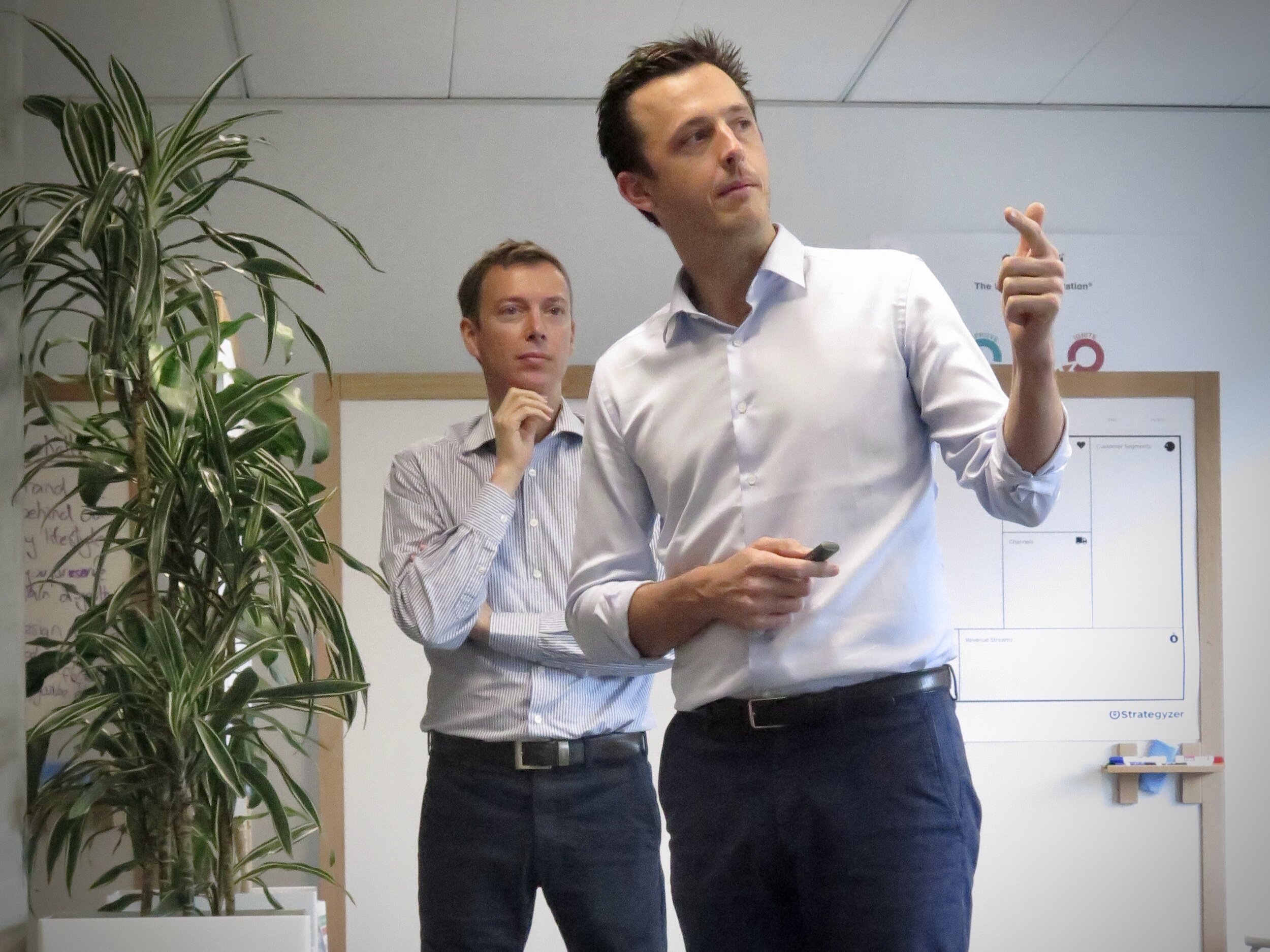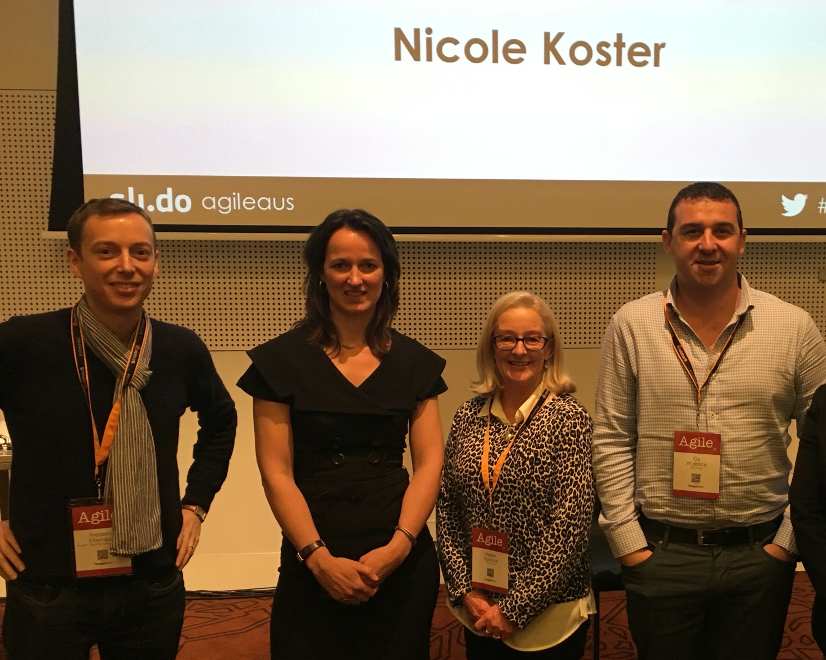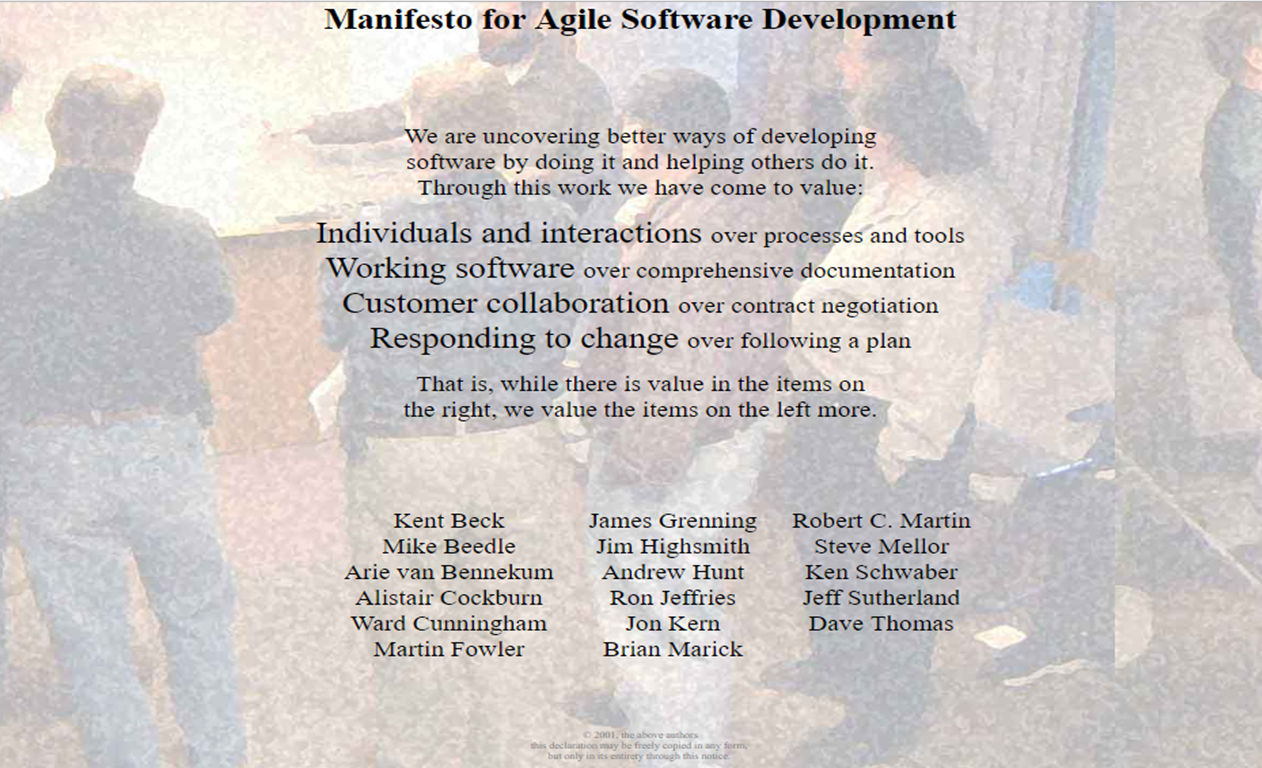BLOG ON INNOVATION AND TRANSFORMATION
Tools and strategies to innovate, solve complex issues, and transform businesses
- Innovation
- Business Transformation
- The Invincible Company
- Growth
- innovation ecosystem
- Business Model
- Strategy
- innovation management
- Book
- Explore portfolio
- Leadership
- Change
- Employee Engagement
- Culture
- transformative
- Value Proposition Design
- Strategic Guidance
- Experimentation
- Executive
- Portfolio Management
- innovation
- Purpose
- efficiency
- Product Development
- Portfolio Map
- writing
- sustaining
- Customer
- Sustainability
- Workplace
- Design Thinking
- Value Proposition Canvas
- Case study
- Corporate
- Agile
- Innovation metrics
- Question
- Trends
- Tools
- Business Design
- Hypothesis
- Organisational design
- Execution metrics
- bias
- Culture Map
- Strategy canvas
- Failure
- Testing
- Facilitation
- crisis
- Empiricism
- Discovery
- ROI
- Hackathon
- Operating Model
- Vision
- Disruption
- Investment
- Uncertainty
- Innovation sprint
- Coaching
- Shareholder Value
- Digital
- Long-term Thinking
- incentives
- Shift patterns
- Workshop
- Design Principles
- Shift pattern
- Thinkers50
- Talent
- Trust
- Value Creation
- Blue ocean strategy
- Fear
- Entrepreneurship
- Humane
- Scaling
- Up-ruption
- Corporate Rebels
- strategy
- Career
- Invent patterns
- Startup

A tribute to the curiosity, method and high-quality curation by The Corporate Rebels!
In this blogpost I share my key take-aways from a day spent with the Corporate Rebels in Melbourne in August 2017. A tribute to their curiosity, method and high-quality curation. They have truly become a driving force in the exploration and diffusion of revolutionary corporate practices to make work more fun… and meaningful.

How to use Design Principles as scaffolding for a business transformation
This blog post shows how you can use design principles, one of the tools in the Design Thinking toolbox, as scaffolding for a business transformation. It is based on a story I have shared in the Collaboration by Design book by Philippe Coullomb and Charles Collingwood-Boots.

The three steps of my initiation into business model innovation
In this blogpost I share the three steps of my career transition to become an innovation advisor:
- being introduced by Pete Cohen to the Business Model Canvas in 2014,
- working with Greg Bernarda, co-author of Value Proposition Design, for the first time in 2015,
- learning directly from Alex Osterwalder and Yves Pigneur at the Strategyzer bootcamp in 2016.

Will The Business Romantic event be the tipping point towards more human workplaces?
In this blogpost I share my experience of the Business Romantic 2017 event in Melbourne, an unforgettable event by Tim Leberecht and Mykel Dixon who created a magic space where 100+ unprepared participants could be their whole self for a full day. Will it be the tipping point towards more humane workplaces in Australia?

What happens when you really trust employees?
In this blogpost I share the story of how Dutch company Buurtzorg came to dominate the Dutch in home care market with a radical organisational design. I explore how trusting employees could become a source of competitive advantage, and what still prevents most companies to transition to a trust-based organisational design.

Could Agile be a Trojan horse for a bottom-up business transformation?
In this blogpost I explore the potential of Agile to become a Trojan horse for a bottom-up business transformation in organisations.
Over the years, Agile has shifted its purpose from building better software, to delivering products, and more recently to creating more joyful workplaces.
But were Agile successes only possible as long as it was flying under the leadership radar? As expectations from Agile grow, will Agile-based transformation attempts ultimately clash with the dominant leadership culture?

What does your organisation stand for?
In this blogpost I share three convictions on the importance of a clear purpose for any organisation.
A clear purpose is critical in any organisation:
- to focus and mobilise the organisation beyond short-term thinking,
- to help the organisation navigate periods of profound change,
- to avoid - in the absence of a purpose by design - the shortcomings of the purpose every organisation gets by default, maximising shareholder value.